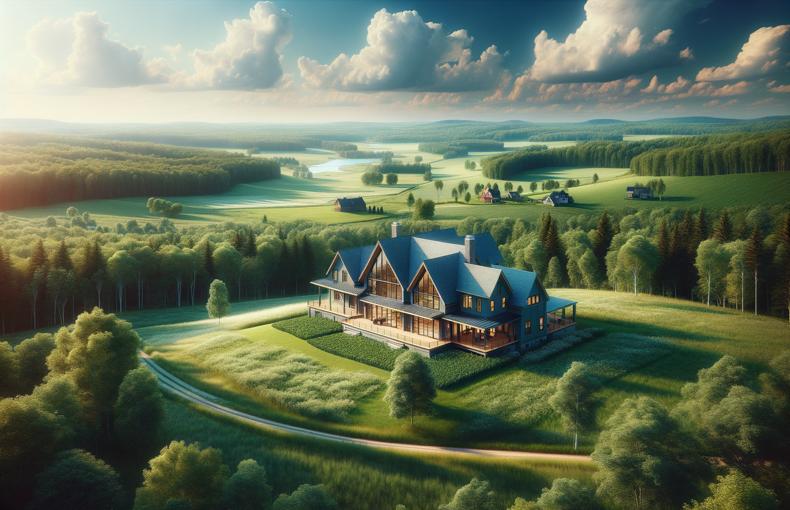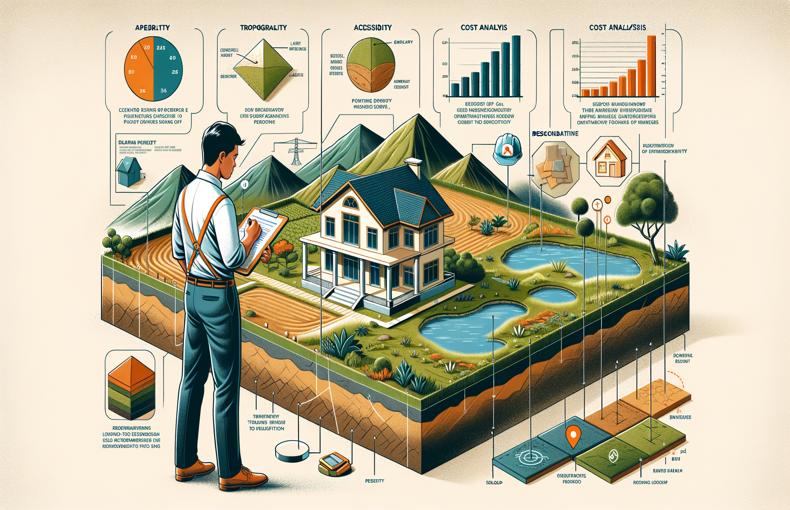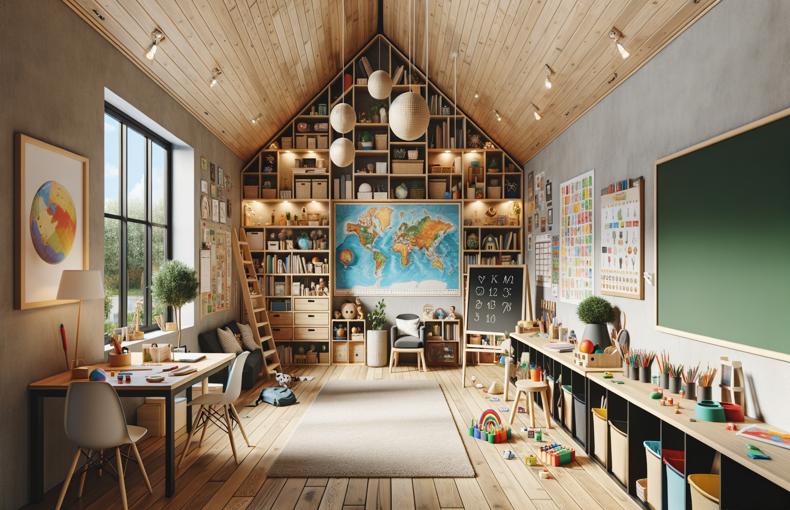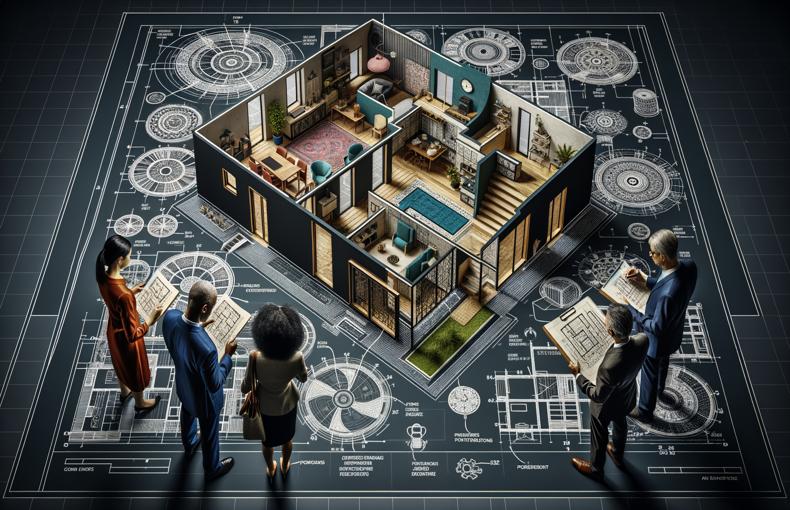Designing a Custom House Plan for a Rural Property: A Comprehensive Guide
Designing a custom house plan for a rural property is a unique and exciting opportunity. The vast open spaces, natural landscapes, and serene environment offer a canvas for creativity and personalized design. However, the process can be complex and requires careful consideration of several factors to ensure the final plan meets your needs and enhances the rural setting. In this guide, we'll walk you through the essential steps and considerations in designing your dream rural home.
1. Assess Your Needs and Lifestyle
The first step in designing a custom house plan is understanding your needs and lifestyle. Consider the following questions:
- How many bedrooms and bathrooms do you need?
- Do you require a home office or a dedicated space for hobbies?
- What are your storage needs?
- How do you plan to use outdoor spaces?
2. Evaluate the Property
Rural properties often come with unique characteristics that can influence the design of your home. Key aspects to evaluate include:
- Topography: The slope and elevation of the land can impact the placement of the house, drainage, and foundation design.
- Views: Identify the best views and plan your home's orientation to take full advantage of the scenery.
- Climate: Consider the local climate and weather patterns when planning the design and materials for your home.
3. Incorporate Sustainable Design
Sustainability is especially important in rural settings. Consider incorporating the following sustainable design elements:
- Energy Efficiency: Use energy-efficient windows, insulation, and HVAC systems.
- Renewable Energy: Consider solar panels or wind turbines for power.
- Water Management: Implement rainwater harvesting systems and drought-resistant landscaping.
4. Plan for Future Expansion
Rural properties often have ample space for future expansion. When designing your house plan, consider how you might expand or modify your home in the future. This could include adding more bedrooms, a guest house, or additional outdoor living spaces.
5. Design for Outdoor Living
Outdoor living is a significant aspect of rural living. Plan for outdoor spaces such as:
- Porches and Decks: These provide shaded areas to relax and enjoy the views.
- Gardens: Design spaces for vegetable gardens, flower beds, or even a greenhouse.
- Recreational Areas: Consider areas for activities like swimming pools, fire pits, or outdoor kitchens.
6. Choose the Right Materials
The materials you choose for your home should blend with the natural surroundings and withstand the local climate. Some popular choices include:
- Wood: Natural wood blends well with rural landscapes.
- Stone: Stone is durable and adds a rustic charm.
- Metal: Metal roofing and accents can provide a modern touch while being practical.
7. Work with a Professional
Designing a custom house plan is a complex process that benefits from professional expertise. Consider working with an architect or a design-build firm that has experience with rural properties. They can help you navigate zoning regulations, permits, and ensure that your design is both functional and beautiful.
Conclusion
Designing a custom house plan for a rural property is a rewarding endeavor that allows you to create a home that is perfectly suited to your needs and the natural surroundings. By carefully considering your lifestyle, the property's characteristics, and sustainable design elements, you can create a beautiful and functional rural retreat.
By integrating these steps and considerations, your custom rural home will not only be a comfortable and practical living space but also an integral part of the natural landscape. Happy designing!











